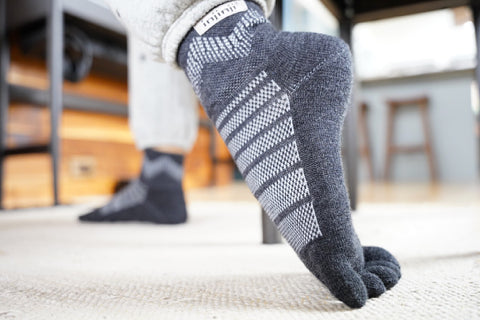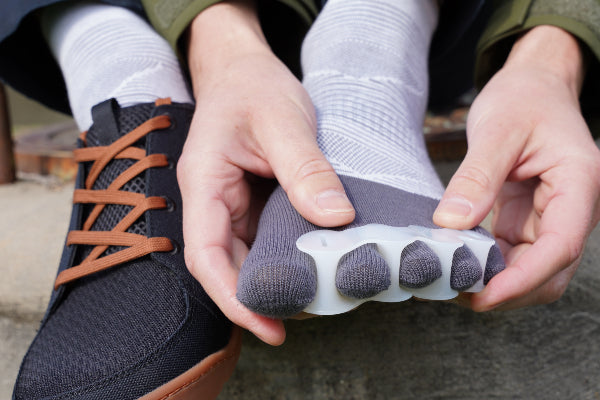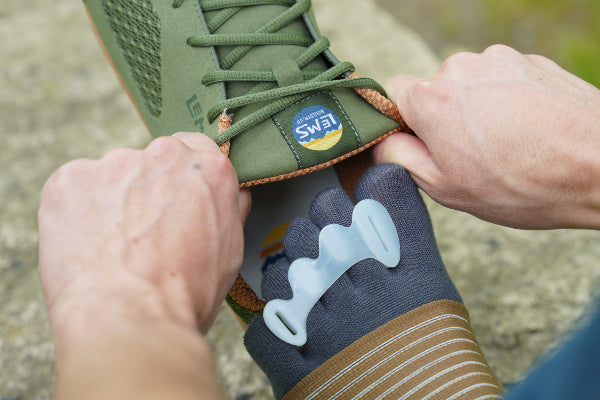Plantar Fasciitis or Fasciosis?

Plantar fasciitis is a common foot problem, but is this condition properly named? In this video, Dr. Ray McClanahan, a sports podiatrist at Northwest Foot and Ankle and the inventor of Correct Toes, reviews the underlying cause of this painful foot problem (improper toe alignment) and puts forth an argument in favor of renaming the condition plantar fasciosis, due to the tissue degeneration (not inflammation) observed in... Read more












